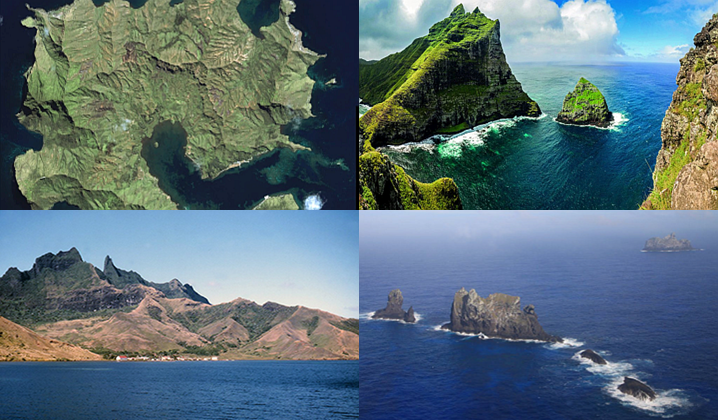Rapa Iti is the southernmost inhabited island in French Polynesia. To the south is only the Marotiri group of a couple of rocks. The area is 40.4 km2, the highest point is 650 m. About 500 people live on the island. The island is located 1180 km southeast of Tahiti. The island has a subtropical climate, but the ocean draws colder air and winds from the south. The island is without coconuts due to cold temperatures in winter, during which the temperature can drop below 9 degrees at night. Summer is moderate. Due to its importance for the ecosystem, the island has been identified as an important bird area. It should not be confused with Rapa Nui, as Easter Island is called.
(Post update: 20 February 2023) George Vancouver was the first European to visit Rapa Iti island in on 22 December 1791, and gave it the name Oparo. After Europeans came to the island, they brought viruses and diseases and around three-quarters of the natives died during the period between 1824 and 1830. Before 1820s around 2000 natives lived there, and 40 years later, they were left with less than 120! Also, Peruvian slavers assaulted and raided the island as well, which also helped in human losses.
The famous Norwegian explorer, Thor Heyerdahl made some research and excavation on the island in hope to find a link between Rapa Iti and Rapa Nui. Rapa Iti has been identified as an Important Bird Area by BirdLife International because of its significance for some bird species. It is home to some endemic birds which are endangered now. It is reported to have at least 300 species there. A major problem for seabirds is invasive Pacific rats, as they eat birds and eggs.


